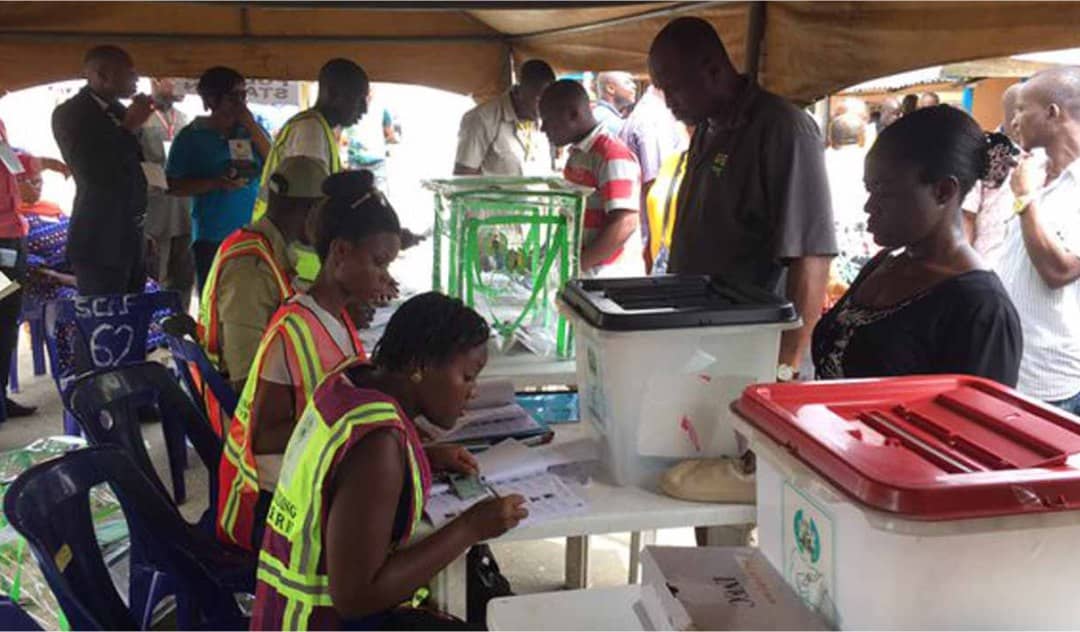COVID-19: 109m Nigerians to be vaccinated in 2 years – NPHCDA
The National Primary Health Care Development Agency (NPHCDA), has said that it planned to vaccinate approximately 109 million Nigerians eligible for the COVID-19 vaccination over the course of 2 years.
The Executive Director, NPHCDA, Dr. Faisal Shuaib, made the disclosure at the Presidential Task Force (PTF) on COVID-19 briefing, on Monday, in Abuja.
“We remain in anticipation of about 57million doses of COVID-19 vaccines from the COVAX Facility and the AU. Working with the States, the Federal Government plans to vaccinate all eligible populations from eighteen years and above, including pregnant women.
“However, the decision to vaccinate any pregnant woman will be made in consultation with her healthcare provider. There will be considerations of whether she is at high risk of contracting Covid-19 or not.
“She is likely to be at high risk, for example, if she is a frontline health worker, a support staff or a first responder in the different spheres of the security architecture of our country.
“This guidance is based on the Strategic Advisory Group of Experts on Immunization (SAGE). After excluding those that are under 18 years old, we plan to vaccinate approximately 109m Nigerians that’ll be eligible for COVID-19 vaccination over the course of two years,” he said.
Shuaib said that additionally, the Federal Government had received the commitment of 1,500,000 and 100,000 doses of AstraZeneca from MTN and Government of India respectively.
“These eligible populations have been identified using the World Health Organization(WHO), vaccine allocation framework and prioritization roadmap, as well as the disease burden data from the Nigeria Center for Disease Control (NCDC).
“They are the frontline healthcare workers, support staff; including those that work in high-risk areas such as point of entry workers, rapid response teams, contact tracing teams, COVID-19 vaccination teams and strategic leadership; people aged 50 years and above and people aged 18–49 years, with significant co-morbidities and additional at-risk groups,” he noted.












Post Comment